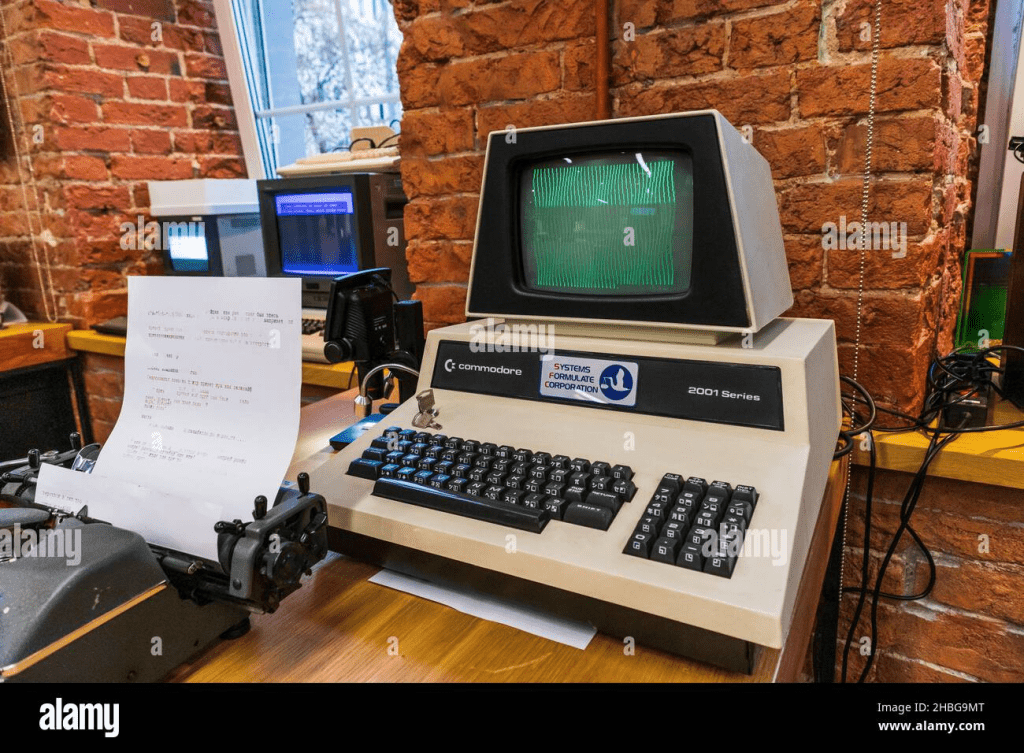If you have an interest in the historical evolution of technology, then you might be aware of this 40-year-old Commodore PET 600, which has amused computer geeks all over the world. Thorbjörn Jemander has attained this obsolete “Commodore PET 600”, but it was found that he got his hands on one of its models known as the “Commodore 8296 SK model”, which comes with a detachable keyboard. Moreover, it encompasses up to 128 KB of memory, which is sufficient enough for the desired activity.

On the other hand, the Commodore 64 8-bit computer was considered one of the most renowned computers of its time, and this can be supported by the fact that it accounted for the sales of about 12 million units worldwide. It came into being in 1958 and has also played its part in the evolution of personal computers during the era of the 1970s and early 1980s. Following the trend, Commodore unveiled the PET model of its range of computers in 1977, which sold for about $3500 around 45 years ago. But in today’s world, these computers hold no value in terms of utility and have become outdated. The most fascinating feature of this resilient computer is its unique and monochromatic “bright green” CRT (Cathode Ray Tube) display having the grid parameters of 80 x 25.
However, Jemander has made a considerable alteration to the computer and brought it up to scratch in order to watch YouTube videos on it. Though they can’t be exactly similar to what we watch today on our laptops or mobile phones, he somehow managed to run it in one way or the other. It has to be noted that only letters, numbers, and punctuation can be displayed on the PET’s screen, and also, the computer takes a lot of time in processing the files. So, what he does is quite applaudable. To make it run smoothly and capable of displaying the video, Jemander worked on assembling the software and hardware parts called “BlixTem” in the configuration of a “catridge plug”, and he then enclosed this into one of the expansion ports of the computer at the back.

The catridge plug contains a “Raspberry Pi Zero 2 W” which helps in opening a YouTube video through Wi-Fi, then downloads the video and, after that, transforms the 640 x 200 stream to an 80 x 25 ASCII formation from the mechanism. Due to this, Jemander was able to watch the video at the speed of “30 frames per second,” but the background color of the video was green and black. Despite this, Jemandar struggled a lot in making the technical aspects of the computer at par with the configuration through which a YouTube video can be watched. Hats off to his resilience and consistency in making this resistible thing possible.


